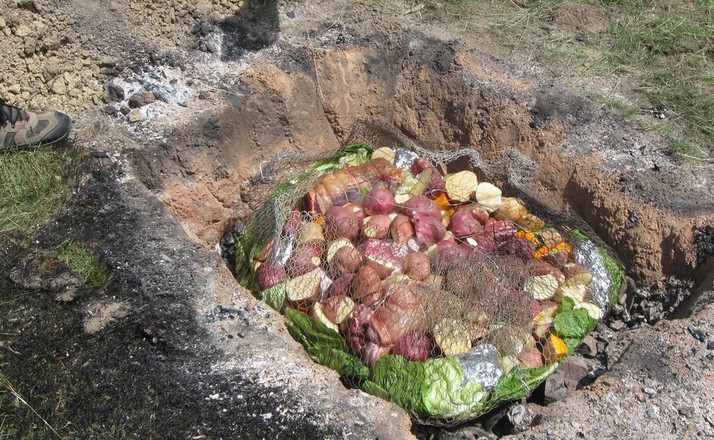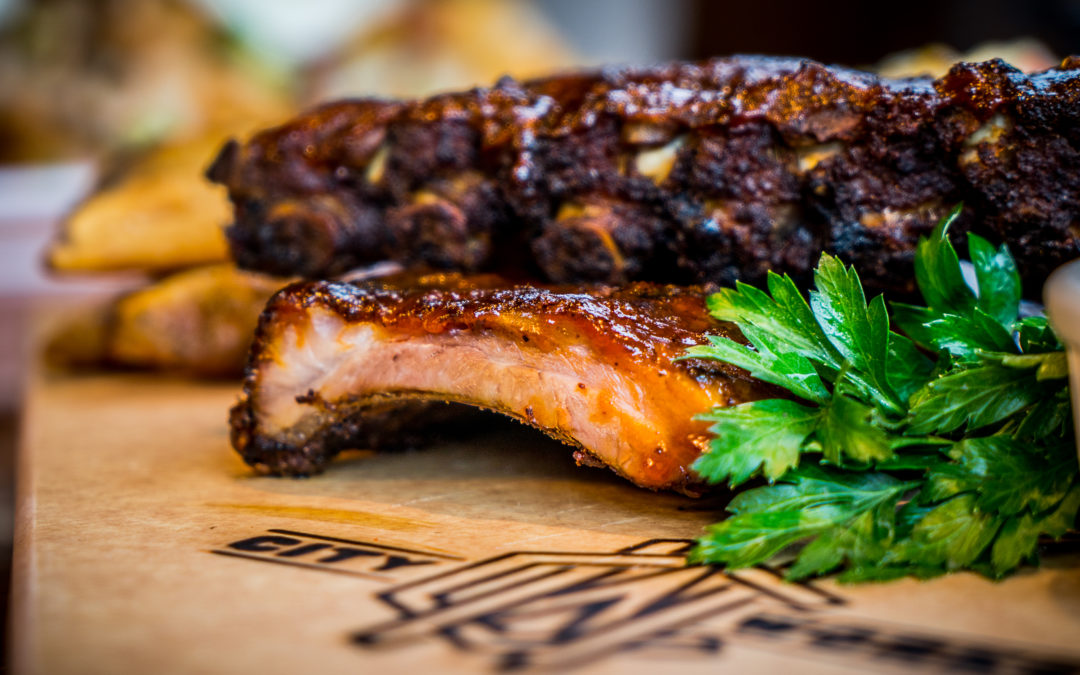Few things scream “summer” the way that BBQ does. In the United States alone, there are dozens of barbecue styles, each with their own distinctive flavors and cooking methods. That’s not to mention the endless variety of global barbecue available too. Whether you prefer Memphis-style ‘wet’ slow-cooked ribs, crave the acidic tang of an Eastern North Carolina-style vinegar sauce, or are looking for an international barbecue, there’s something to get everyone gathered around a grill in the warmer months.
Across the globe, unique methods of cooking and seasoning grilled meats and vegetables brings people together over many types of barbecue. Dig into three unconventionally delicious international barbecue styles from different parts of the world, and rustle up some flavorful inspiration for your own BBQ flavors and cooking methods this summer.
Global Grilling: Traditional New Zealand Barbecue
In New Zealand, barbecuing (“barbie” for short) is an intrinsic part of Kiwi culture. Throwing staples such as sausages and burgers with fresh veg on the barbie is the go-to for summer socializing and holidays, with many public grilling areas on New Zealand’s beaches. New Zealanders come by their love of barbies honestly, thanks to the native Maori tribes that are indigenous to the small country. Maori people, who make up about 14% of New Zealand’s current population, use a regional technique to barbecue that dates back to early Maori settlement of nearly one thousand years ago. This method is called Hāngi, and involves cooking items in an underground pit oven.
After digging a large pit (referred to as “laying a Hāngi”), food is laid atop stones that have been heated by a fire. Traditionally, these items would be wrapped in flax leaves, but are now put in aluminum foil or cloth sacks. The food is then covered by foliage and earth and left to cook for several hours. Ancient Maori tribes first cooked “kai”—usually fish, chicken, starchy fruits, and root vegetables—in the Hāngi, but now other meat and vegetable items are common staples in modern Hāngi cooking. As laying a Hāngi requires a good deal of space and is time-intensive, this style of barbecue is usually reserved for holidays and traditional Maori events serving many people.

Photo by Sarah Stewart
The flavor derived from a Hāngi is smoky and full-bodied, deriving its earthen taste from the slow cooking and natural essences of the pit oven. While a pit oven is difficult to recreate at home, you can experiment with low-and-slow barbecuing of modern New Zealand Hāngi staples—choose from pork, mutton, chicken, sweet potato, carrot, and pumpkin, and season with native Maori herbs such as horopito, a replacement of traditional pepper.
Engångsgrill: The Swedish Disposable Grill
Does the idea of firing up an engångsgrill to cook lax and värmlandskorv get your mouth watering? If so, you might be a Swede. Starved for sunshine after a long, dark winter, Swedish people are eager to get outside and start barbecuing on the aforementioned engångsgrill, a one-time-use disposable grill that’s great for picnics in the park. All through the spring and summer, you’ll find Swedes lighting their engångsgrills to cook up fresh-caught seafood, pork sausages, or marinated chicken. Salmon is a popular staple of Swedish barbecue, often grilled alongside corn on the cob. Creamy, cold dairy-based sauces flavored with caviar and dill are paired with barbecued fish, while sausages (korv) are topped with a Swede’s favorite condiment—ketchup.
Grilling lemon-and-dill-seasoned salmon is an easy way to recreate a Swedish barbecue. For a different take on Swedish BBQ, try throwing some spice-rubbed chicken seasoned with other beloved Scandinavian flavors, such as cardamom and allspice, on the grill.
South African Barbecue: Braai BBQ
To put it simply, the love of BBQ runs deep in South Africa. Braai, the Afrikaans word for barbecue that’s recognized in all 11 of the country’s official languages, is a term that references one of the most celebrated culinary elements and pastimes of South Africa’s culture. In fact, National Braai Day (September 24th) also happens to be South Africa’s National Heritage Day. The braai is seen as the country’s great equalizer—people of all races, religions, and socioeconomic statuses can agree on their love of the wood-fired grilling method, and come together over mounds of meat.
Cooking on the braai almost always means using wood, but charcoal is sometimes utilized too. Favorite types of wood for braai are a local bush willow called hardekool, or the flavor-enhancing sekelbos, but there are many wood varieties to choose from when preparing to braai. South African boerewors (sausages), sosaties (meat skewers), and lamb are popular items to cook, but the most commonly known South African barbecue dish is piri-piri chicken. Slathered in a warming mix of spices, chilis, and garlic, the chicken is then grilled to saucy, bold perfection—it pairs well with wine (the braai drink of choice), especially the country’s signature, Pinotage.
You can make piri-piri chicken at your next BBQ, or test out the widely-used Braai sout (salt) on your favorite grilled meats—why not sprinkle some Braai sout on a perfectly grilled steak?

